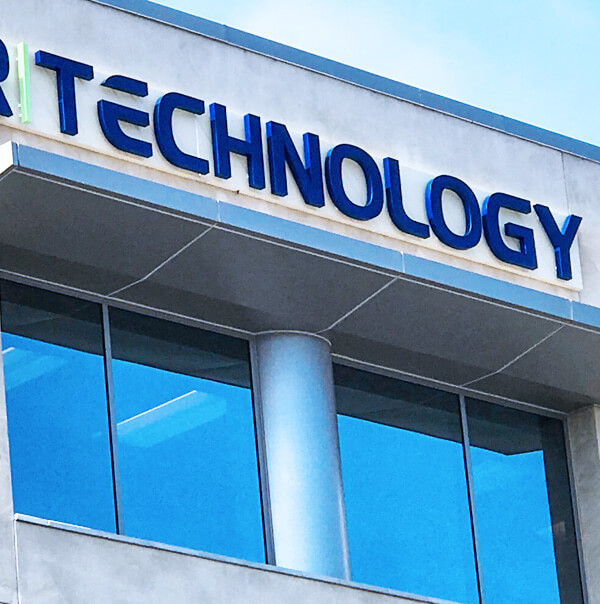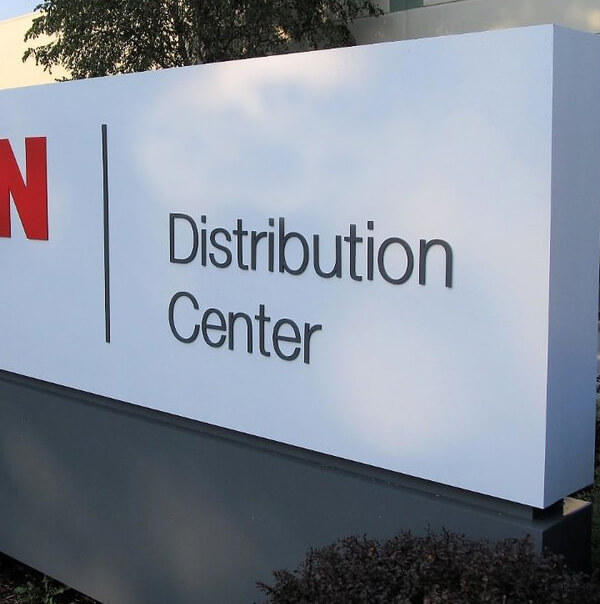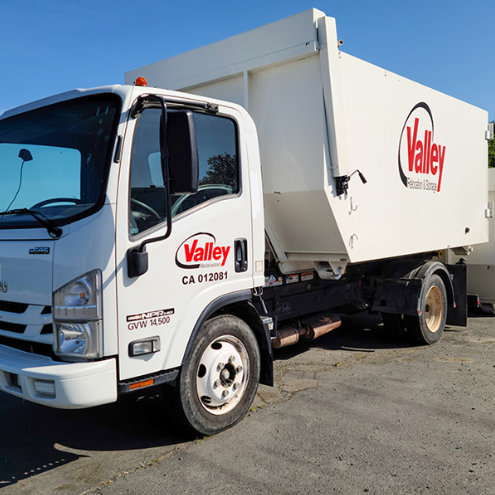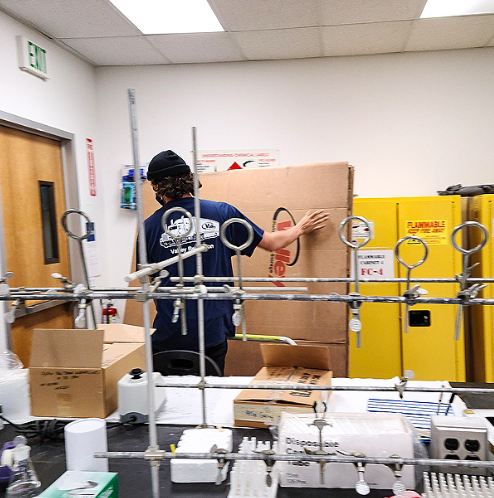Finding the right team to handle your commercial move can feel overwhelming. The process is complex, and you want everything to go smoothly. That’s where Valley Relocation and Storage Bay Area comes in. Known for our reliable, efficient service, we’re a top choice for commercial movers in the Bay Area. We understand that every minute counts in business, so we work to keep downtime to a minimum. From planning and packing to transportation and setup, we handle each step carefully, making sure your belongings are safe and secure. Our team is experienced and ready to handle moves of any size, so you can focus on what matters—keeping your business running. Reach out today for a customized moving plan that fits your business needs.
Specialized Moving Solutions for Every Industry
Valley Relocation and Storage Bay Area goes beyond traditional commercial moves, offering specialized services designed to meet the unique needs of various industries. From handling sensitive lab equipment to expertly relocating data centers, our team provides tailored solutions to ensure a smooth transition with minimal disruption.

Here’s how we make your complex moves easier and safer:
- All-size business moves – We provide detailed floor plans for moving to ensure an organized and efficient transition, seamless material delivery to keep your project on track, and expert packing and unpacking services to make your move as stress-free as possible.
- Lab and biotech mover – Our climate-controlled solutions protect sensitive products during transit, ensuring that valuable lab equipment and other crucial assets remain secure and in optimal condition throughout the move.
- Technology relocation – We specialize in moving servers and data centers with precision, ensuring desktops and workstations are efficiently managed. Our comprehensive service includes disconnecting and reinstalling equipment, guaranteeing minimal disruption and a seamless transition for your business.
- WastErasers partner – Valley Relocation and Storage, in partnership with WastErasers, offers specialized e-waste services. Our partnership ensures the safe and efficient handling of electronic waste, including scheduled recycle drops and disposal runs. We provide reliable e-waste handling solutions to support your sustainability goals and proper disposal practices.
Why Choose Valley Relocation and Storage Bay Area as Your Commercial Movers
When you hire Valley Relocation and Storage Bay Area for business moves, you’re not relying on internal staff to handle heavy lifting, reducing risk and ensuring safety. As a professional commercial moving company, we’re here to do the heavy work. Our team has extensive logistics experience, from palletizing heavy equipment for shipping to managing coast-to-coast transport needs. As an agent for CRST, we’re equipped to handle high-value and temperature-sensitive shipments nationally and internationally.
Here’s what makes us a trusted choice for businesses looking to move with confidence:
- Insured & COI compliant
- Trusted by repeat clients
- Reliable and timely service
- Experienced packers and movers
- Free estimate

Complete Moving and Storage Services for the Bay Area
Valley Relocation offers much more than standard commercial moving services. From local and long-distance moves to specialized packing, storage, and shipping, we provide a wide range of solutions tailored to meet every moving need. Here’s a look at the services we provide:
- Local movers
- Long distance movers
- Domestic shipping services
- Office movers
- Residential movers
- Packing services
What Makes Us Different
What sets us apart in the moving industry? At Valley Relocation, we go beyond standard moving services, offering specialized expertise for diverse needs:
- Hotel movers: Our team manages everything from guest room furnishings to large fixtures, minimizing disruptions and keeping hotel operations running smoothly during relocation.
- Hospital movers:We understand the importance of handling medical equipment with care. Our team follows strict health regulations to safely transport sensitive equipment and hospital furnishings.
- IT equipment movers: From servers to workstations, we ensure secure and efficient transport for all your IT assets, maintaining continuity in your tech-driven operations.

Common Challenges in Business Relocations
Relocating a business can be challenging. The process involves careful planning, coordination, and timing to keep everything running smoothly. Unexpected delays, equipment issues, and managing downtime are common headaches. Handling office furniture, sensitive equipment, and essential documents without disrupting operations adds even more pressure.
You’re juggling many tasks—organizing employees, setting up new spaces, and ensuring nothing gets damaged in transit. It’s easy to feel overwhelmed, especially when time is tight and every minute counts. Having a team that understands these challenges can make all the difference, helping you avoid delays, minimize disruptions, and keep everything secure.
Start Your Commercial Move Today!
Moving your business is a big step, and choosing the right support can make all the difference. Valley Relocation and Storage Bay Area understands the challenges of commercial moves. We’re here to help you get set up smoothly. Our team of commercial movers in the Bay Area has the experience to handle every detail so you can focus on what matters most—running your business. Let us handle the heavy lifting and logistics while you prepare for what’s next. Don’t leave your move to chance. Contact us today to get started with a plan that’s right for you.
FAQ
What types of businesses do commercial movers in the Bay Area handle?
Our team at Valley Relocation and Storage Bay Area has experience with all types of business relocations—from small to large corporate facilities, retail spaces, and warehouses. We adjust our approach to the unique needs of your business.
How long does a commercial move usually take?
The timeline depends on the size and complexity of the move. Our team of Bay Area commercial movers will work with you to develop a plan that meets your schedule and minimizes downtime.
Can commercial movers in the Bay Area help with packing and unpacking?
Yes, Valley Relocation and Storage Bay Area provides comprehensive packing and unpacking services. We handle all your items with care, ensuring everything arrives safely at your new location.
Do you offer after-hours or weekend moving options?
Absolutely. We understand that minimizing disruptions is essential. Our business movers in the Bay Area offer flexible scheduling, including after-hours and weekend moves, to fit your business needs.
How do I get a quote for my business move?
Getting a quote is simple. Contact Valley Relocation and Storage Bay Area, and we’ll schedule a site survey to assess your moving needs and provide an accurate, customized estimate.
















